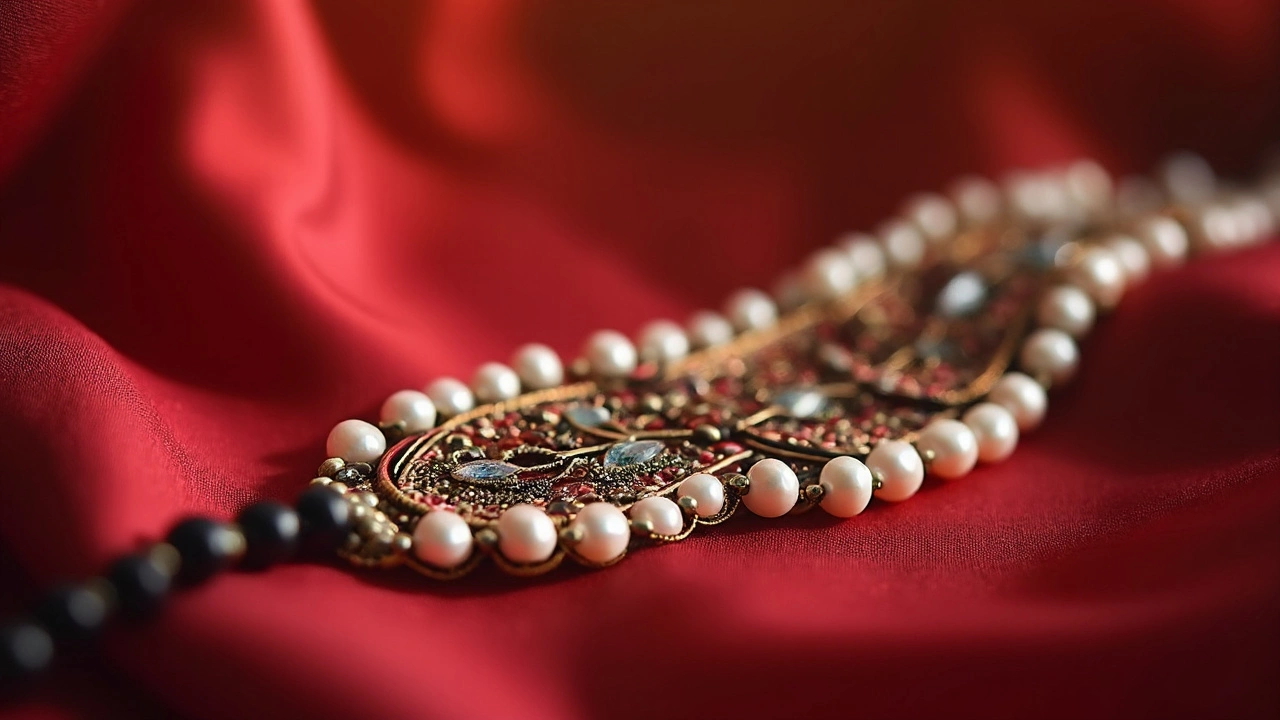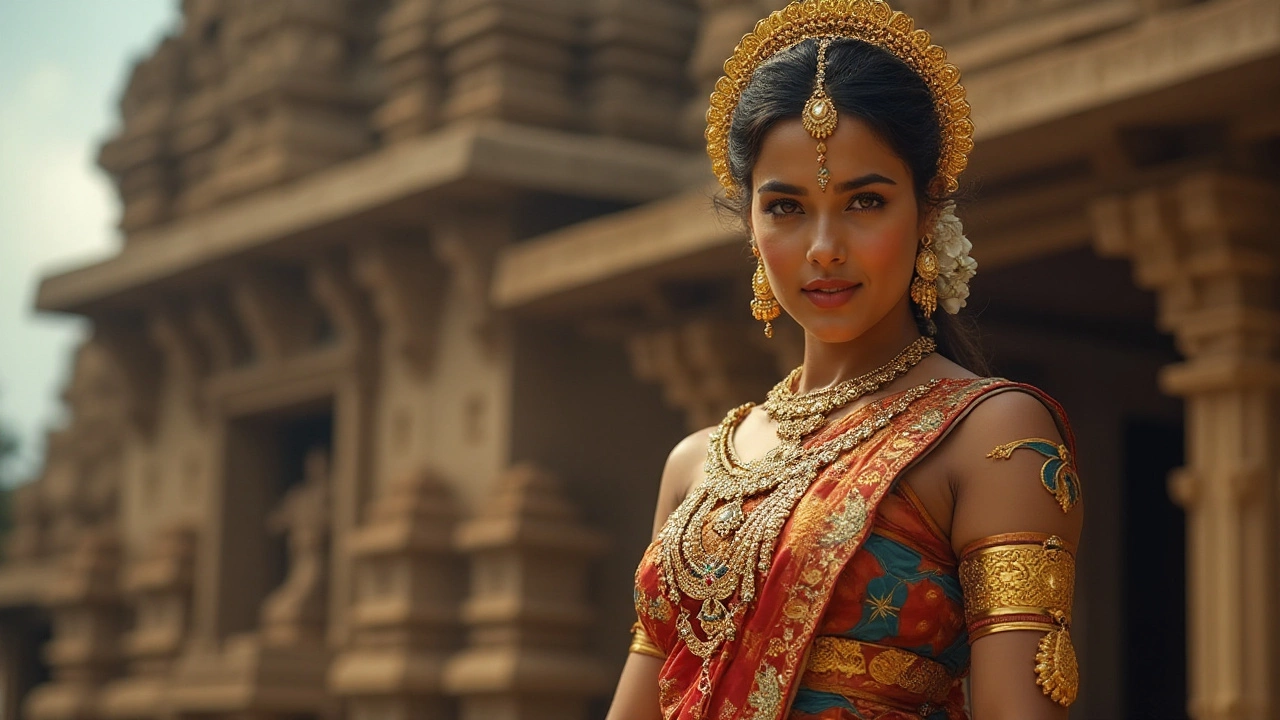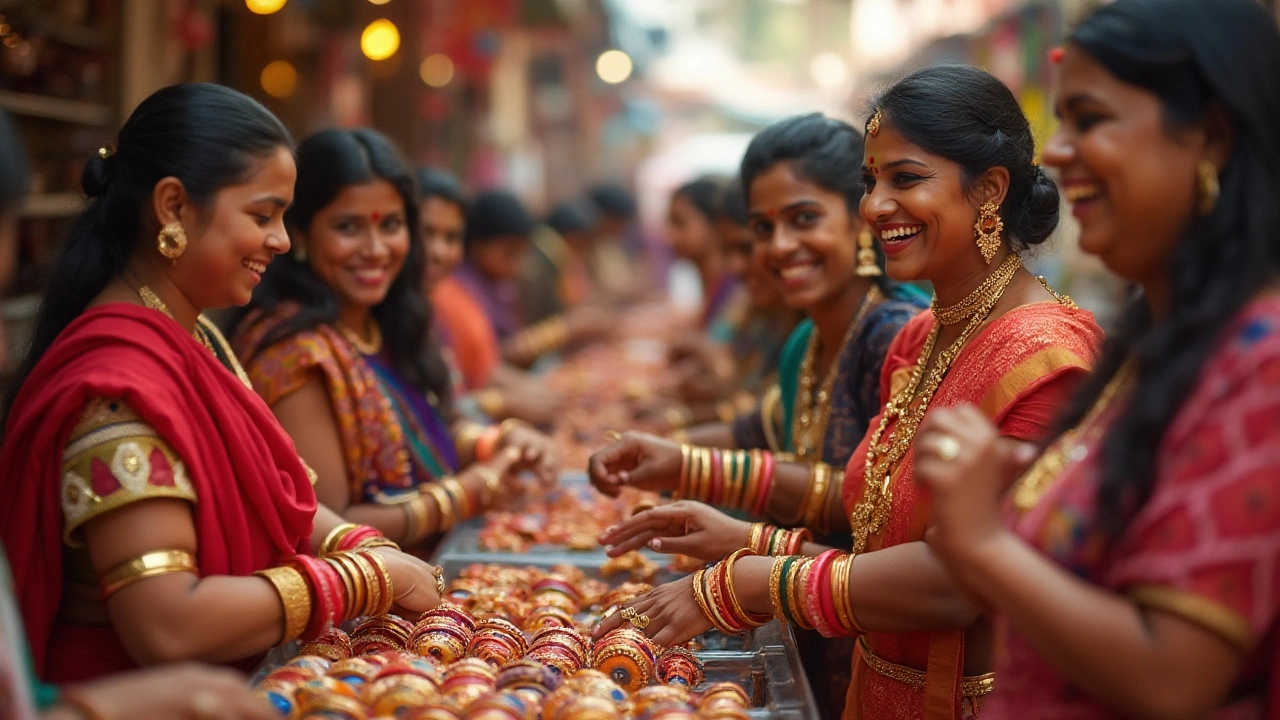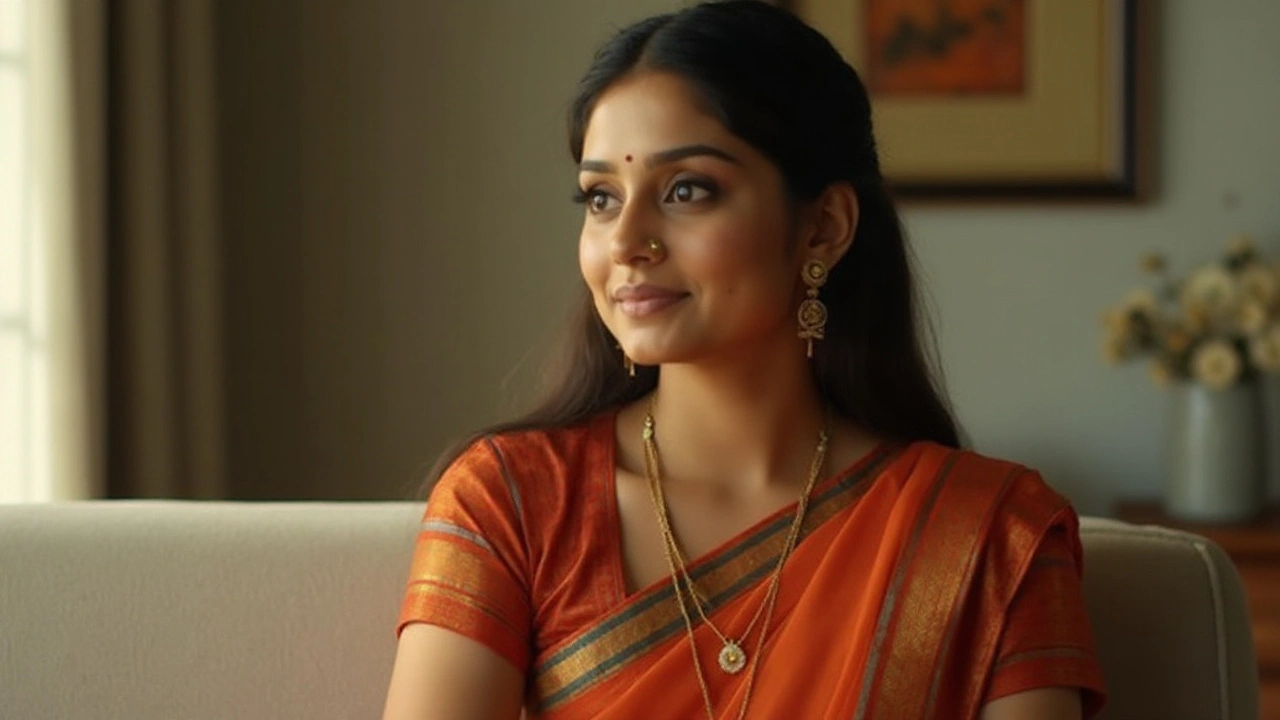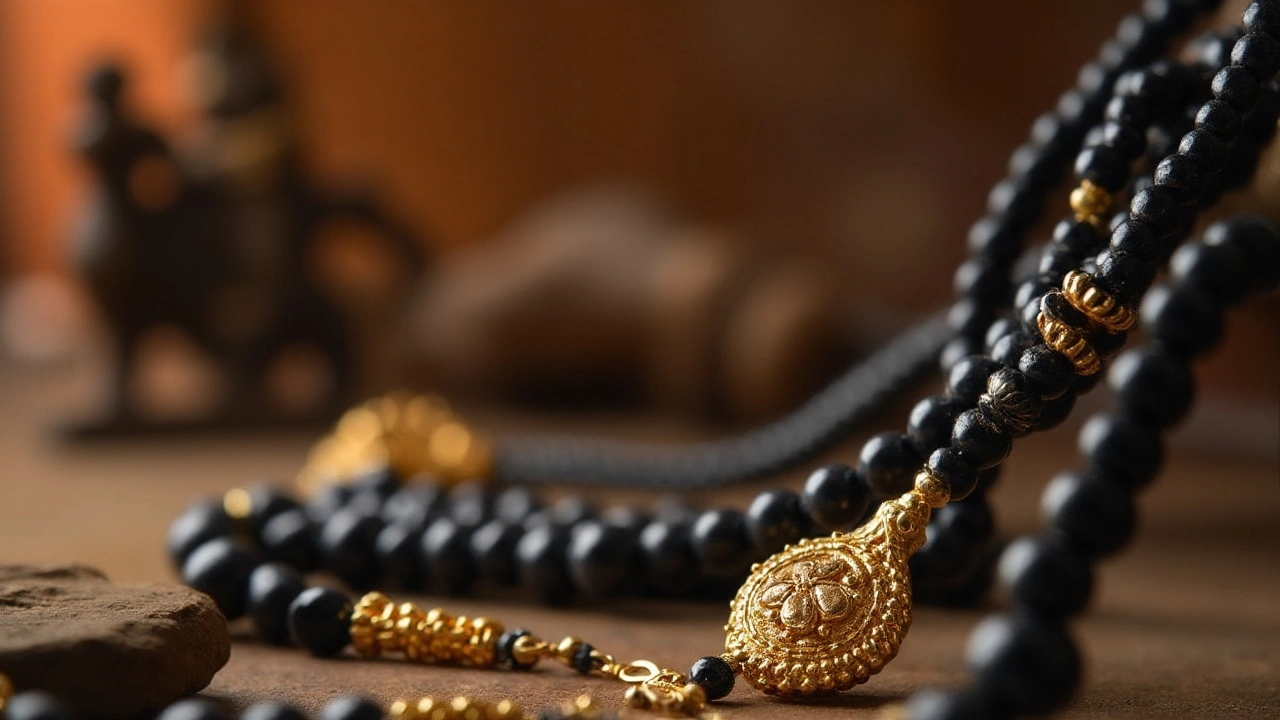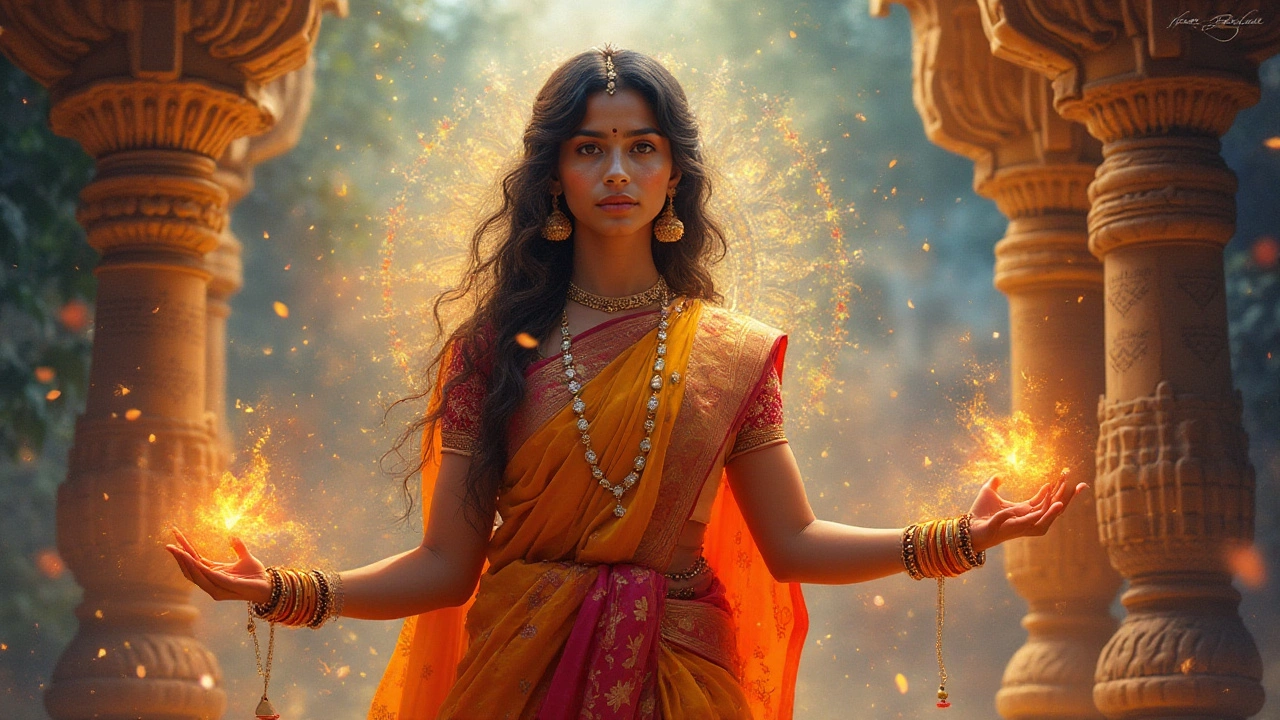Traditional Jewelry: Timeless Indian Pieces & Cultural Significance
When talking about Traditional Jewelry, the classic handcrafted pieces that have defined Indian celebrations for centuries. Also known as heritage jewelry, it reflects regional customs, religious rites, and family stories.
Key pieces such as Mangalsutra, the marriage necklace that signals a woman's marital status, Bangle, the cylinder-shaped wrist adornment often given to brides and Kada, the solid steel or gold bracelet worn by Sikh men and increasingly by women illustrate how traditional jewelry intertwines with identity. The mangalsutra influences marital customs by marking the moment a husband ties the sacred knot. Bangles symbolize womanhood and are exchanged during rites like the Seen ceremony. Kada represents Sikh heritage and can be a sign of faith or a fashion statement across communities. Together they form a cultural web: Traditional Jewelry encompasses these items, each requires specific craftsmanship, and each shapes social rituals.
Why Traditional Jewelry Still Matters Today
Modern shoppers often look for pieces that honor tradition without breaking the bank. That’s where traditional jewelry shines: it blends age‑old designs with affordable materials like gold‑plated alloys or one‑gram gold formats. Whether you’re preparing for a wedding, a festival, or simply want a daily reminder of your roots, the collection below covers practical guides, buying tips, and cultural insights. You’ll find advice on choosing the right mangalsutra design, caring for delicate bangles, and styling a kada for everyday wear. These articles also address questions about regional variations, such as North Indian gold necklaces versus South Indian silver anklets, helping you make informed choices.
Below you’ll discover a curated set of posts that dive deep into each element of traditional jewelry, from symbolism to smart purchasing. Use them as a toolkit to understand the heritage behind each piece and to pick the perfect accessory for any occasion.
